Ministries asked to review proposed changes to Hanoi master plan
Deputy Prime Minister Trinh Dinh Dung has asked relevant ministries to review the proposal for changes to be made to the Hanoi construction master plan for 2030, with a vision towards 2050.
 |
An aerial view of Giai Phong street in Hai Ba Trung district, Hanoi. (Photo: VNA)
The official assigned the Ministry of Construction to coordinate with the Ministry of National Defence, the Ministry of Environment and Natural Resources, and relevant state agencies to appraise the proposal, while making the Hanoi People’s Committee responsible for providing all necessary information and documents related to the proposed changes.
The changes will be made for Dong Anh district’s Xuan Canh, Mai Lam and Dong Hoi communes to create space for the construction of a National Exhibition Centre and auxiliary facilities.
The adjustments will be implemented in accordance with management regulations, which were issued along with the Master Plan approved by the Prime Minister.
Under the Prime Minister’s Decision No.1259/QD-TTg dated July 26, 2011, Hanoi will become a political, cultural, educational, and science-technology hub of the country, as well as a centre for economics, tourism, trade, and services for the Asia-Pacific region.
The capital city will be developed based on a model of urban clusters, with one central urban area and five satellite towns connected to it by a belt-transport system.
The central urban area will be expanded from the city center in four directions, from the enlarged areas to Belt Road 4 in the west and south, to Me Linh and Dong Anh districts in the north, and to Gia Lam and Long Bien districts in the east.
It and the five satellite towns will be separated by green corridors, which will account for 70 per cent of the city’s natural areas. The five satellite towns – Hoa Lac, Son Tay, Xuan Mai, Phu Xuyen, and Soc Son – will each have different functions and characteristics.
Their goal will be to support and share demand with the central urban area in terms of housing, training, industry, and services. They will contribute significantly to reducing population pressure on the capital and creating a driving force for socio-economic development./.
VNF/VNA
Recommended
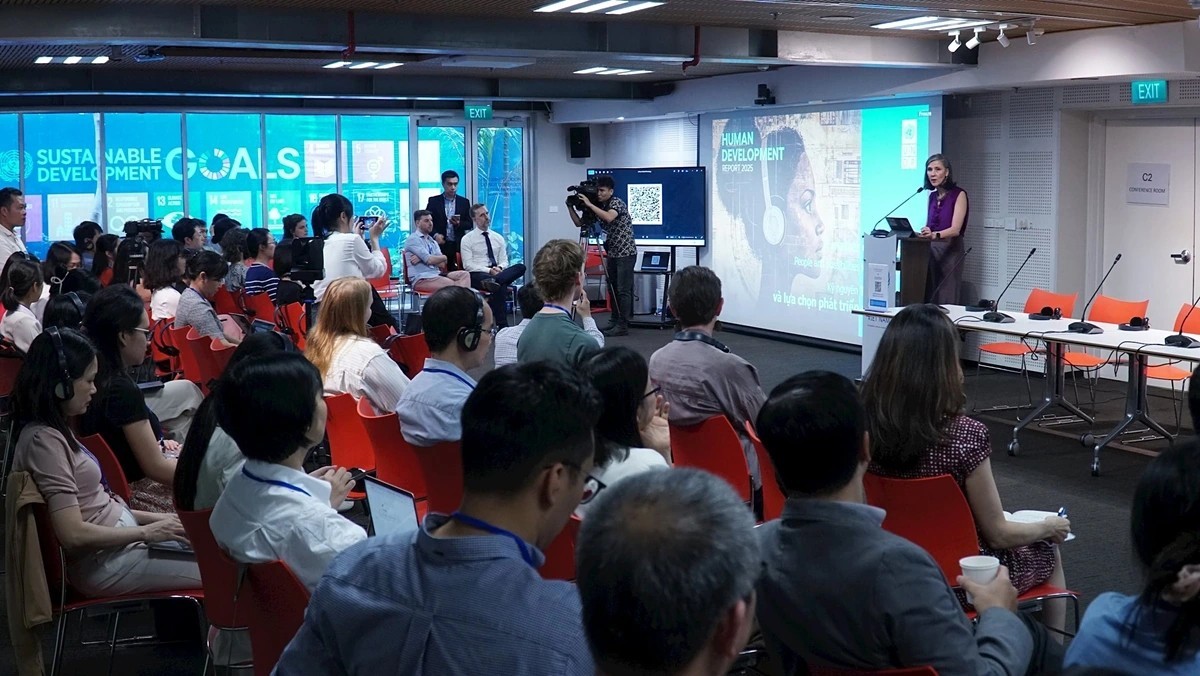 National
National
Vietnam News Today (May 13): Vietnam Maintains High Human Development Index Despite Global Slowdown
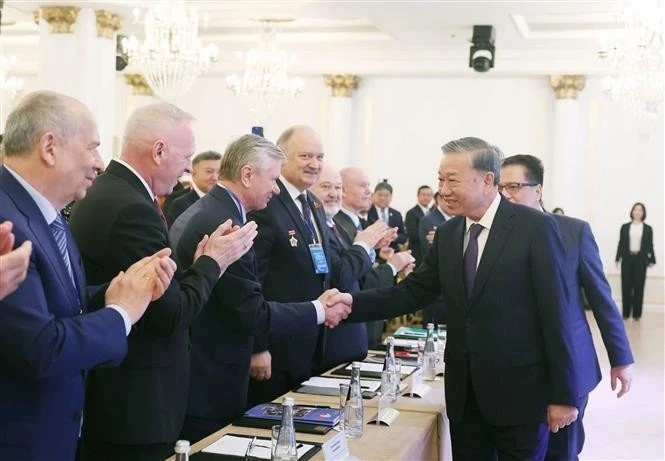 National
National
Vietnam News Today (May 12): Party General Secretary Meets With Russian Experts, Intellectuals
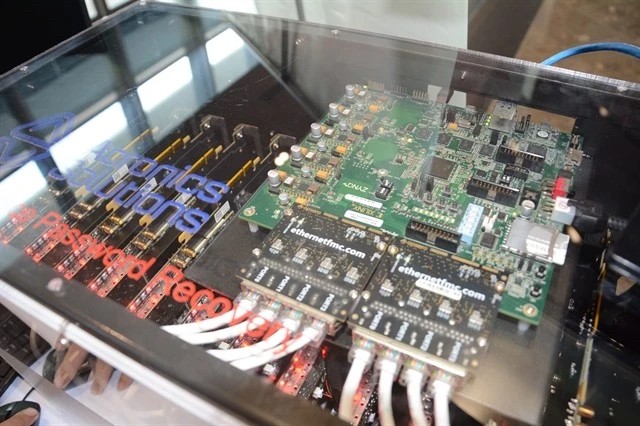 National
National
Vietnam News Today (May 11): Vietnam, Austria to Boost Cooperation in High-Tech Development, Innovation
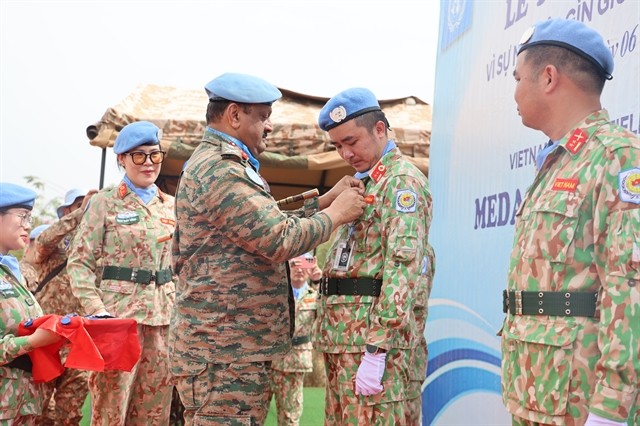 National
National
Vietnam News Today (May 10): Vietnamese Peacekeepers Honored with UN Medal in South Sudan
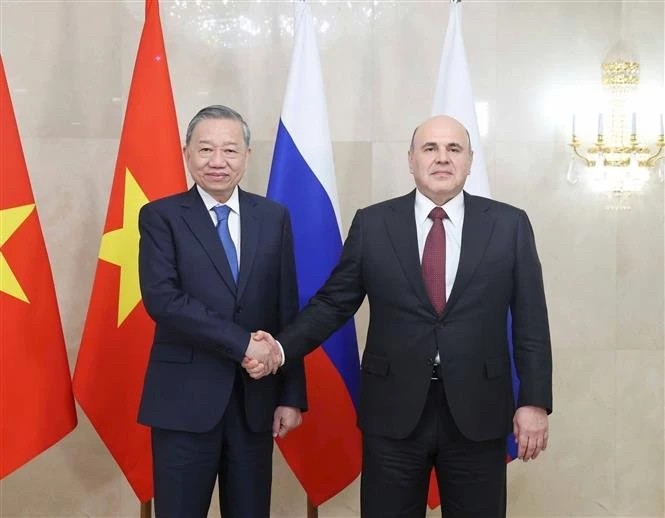 National
National
Vietnam News Today (May 9): Vietnam Ready to Work With Russia to Elevate Relations
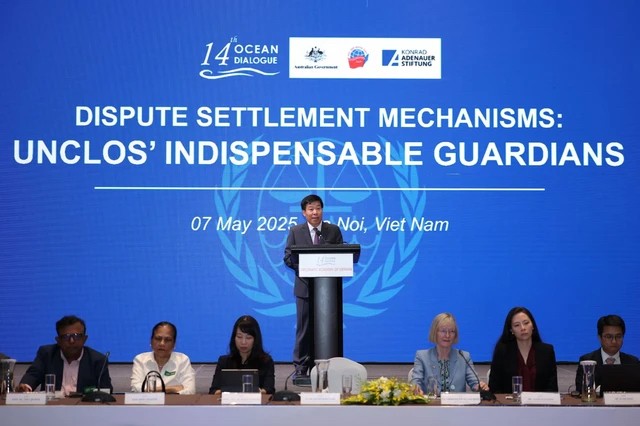 National
National
Vietnam News Today (May 8): Vietnam Remains Committed to UNCLOS
 National
National
Vietnam News Today (May 7): Vietnam Hosts Over 7.67 Million International Visitors in First 4 Months
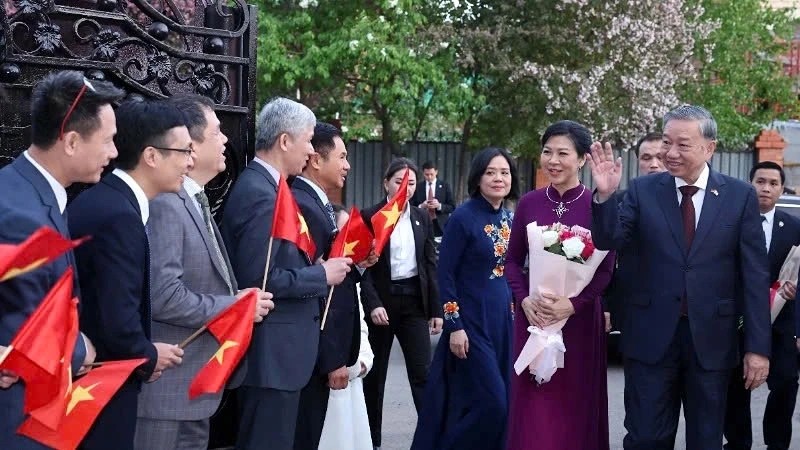 National
National
